Firearms reporter Tom McHale reports on his exclusive tour of the all-new Sig Sauer Ammunition Factory.

USA –-(Ammoland.com)- About three years ago, I had the pleasure of visiting the fledgling Sig Sauer Ammunition factory. When I say that it was in the middle of a cornfield in the boondocks of Kentucky, I’m not at all exaggerating. It was actually in the middle of a farm. A few dirt roads and you were there.
As the business took off, as a result of the company’s fanatical dedication to quality and consistency, it didn’t take long to figure out that a bigger, much bigger, factory was needed.
I recently visited the brand-spanking-new Sig Sauer Ammunition facility just outside of Little Rock, Arkansas.
Sig Sauer Ammunition Factory
Here’s an inside look at how Sig’s ammunition is made.
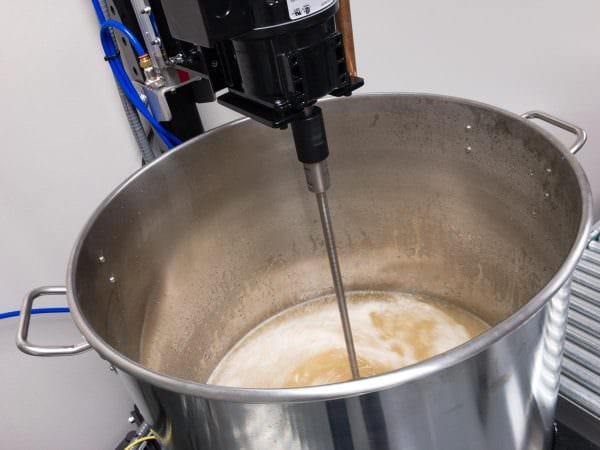
The folks at Sig Sauer Ammunition are serious about product performance. To verify that new ammunition designs do what they’re supposed to and that the individual lots of ammo perform up to design standards, the company operates a dedicated testing facility inside of the main factory. As I recall, the Sig folks go through more ballistic gelatin than anyone in the industry, even more than companies with much larger production.
As a result, they’ve developed a custom setup to make ballistic gelation blocks literally by the thousands. The system monitors ambient and water temperature, measures precise amounts of powdered gelatin, and cranks out from one to 12 blocks per batch. A little cinnamon oil prevents spoilage from the animal-based gel, but even still, blocks are always either used or thrown away within seven days.

The company houses several indoor ranges for testing for Sig Sauer ammunition. In the picture here you might notice that the bullet trap looks darker toward the back. That’s because a water system keeps it wet to prevent dangerous dust and residue from getting into the air. Sophisticated chronographs verify that velocity is up to spec and semi-permanent fixtures are used to perform testing in ballistic gelatin using a variety of scenarios including bare gelatin, light fabric barrier, heavy fabric, wood, steel, and automotive glass.
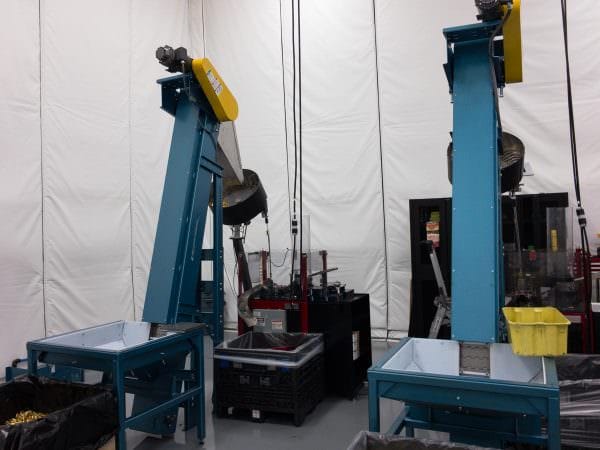
There’s a room specifically for inserting primers into brass cartridge cases. These rotary machines feed empty brass cases into a priming mechanism where primers are inserted. It’s stunningly fast and watching how many dump out of the chute each and every minute is mesmerizing. As a reloader, consider me infinitely jealous.
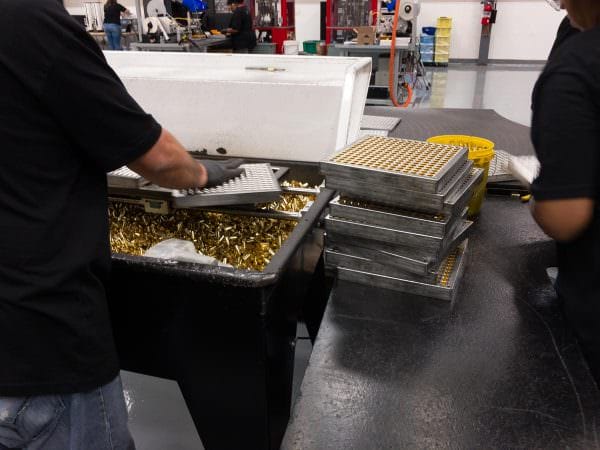
The Sig team has chosen to use a tray loading system for brass ammo cases. Rather than sending cartridge cases down a production line individually, 210 cases are loaded into a tray and cartridges go through the steps in bulk. The company loads handgun and short rifle (like 300 Blackout) cartridges this way. In the photo above you can see a tray being loaded with empty brass cases. The trays are shaken so that the brass cases fall into holes heavy (base) side down. From this point on, each tray of brass goes all the way through the system until the final packaging stage.

At the beginning of the reloading line, other trays are loaded with projectiles. In the seating stage, the two trays are mated temporarily to line the bullets up with the powder-charged cases.

After a tray of cases is filled with powder, again all 210 at once, it heads to the seating and crimping machines. Two setups like the one above precisely seat and crimp all cases in a tray at once. At each step in the process, custom-designed checking systems verify things like primer presence, primer orientation, powder charge, case height, overall cartridge height, and more. Sig Sauer has built in lots of redundancy in the verification systems, so any given cartridge will have similar attributes checked multiple times throughout the process.

Maybe I’m easily amused, but the part of the process that got my attention was the packaging setup. Guides, pulleys, belts, and vacuum machines guide trays of cartridges into boxes, orient them, seal them, and print labels. It’s mesmerizing and runs without a hiccup for thousand and thousands of boxes of ammo per day.
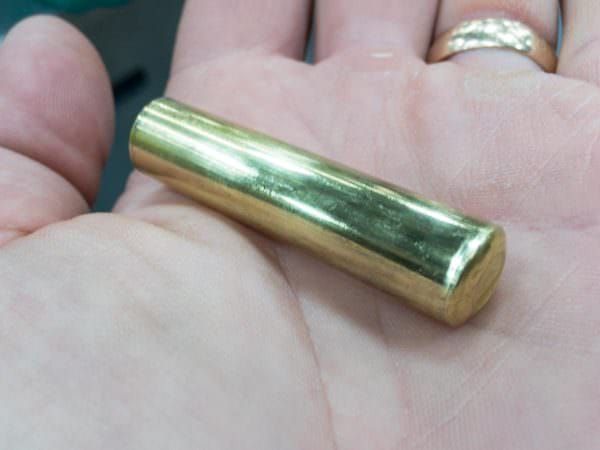
One of the reasons that Sig Sauer moved into a giant new factory was to add a brass-making production line. As volumes increase, the company needs to be in control of its own brass case supply. The new brass production line is making the rifle cases for now. On the day I was there, that line was cranking out billions and billions (OK, maybe that’s a slight exaggeration) of Sig Sauer 6.5mm Creedmoor cases in advance of launching that new caliber.
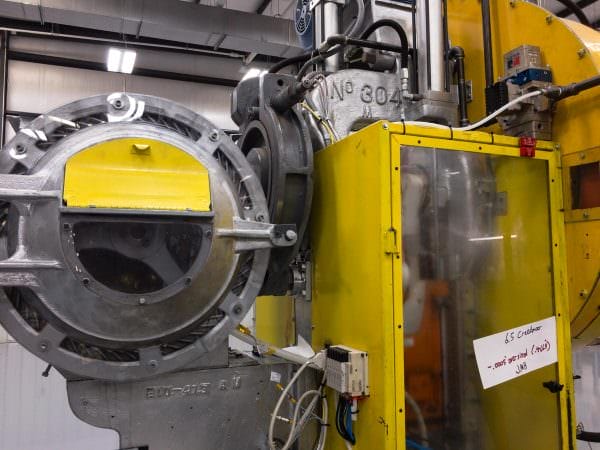
Sometimes the old ways are the best ways. The company has scoured the country in search of these No. 304 machines because they’re the best. To bring them up to date, they’ve added custom computerized control systems. You’ll see a line of these where each machine does a little more work to each case, ultimately turning it into a completed cartridge case. One of the unique things about how SIG does it is that they wash and tumble the brass at each step along the way, so every case gets a half-dozen or so cleanings along the way. It’s not required, but the Sig folks have found that the extra work yields a more consistent end product.
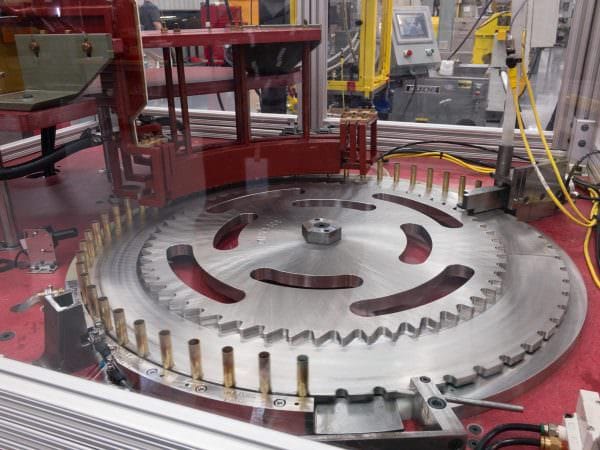
Towards the end of the brass, line is a custom brass annealing machine. This setup heats each piece of brass around the shoulder to make it slightly more flexible rather than brittle. That allows the seating process to work smoothly while maintaining the right amount of case neck tension on the bullet.
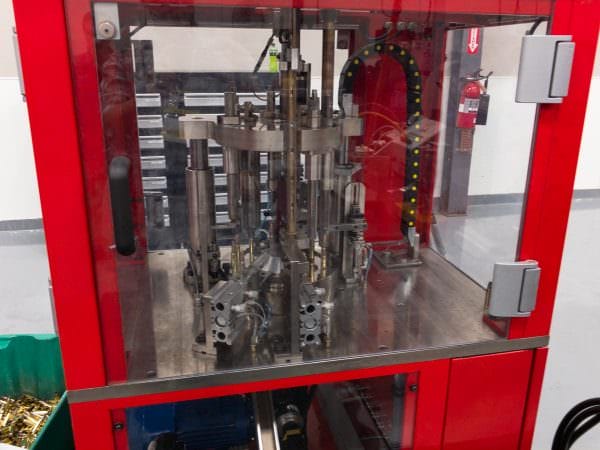
Many of the Sig Sauer ammunition factory rifle cartridges are loaded in a more traditional rotary press system like the one above. There’s a lot changing on a daily basis, so we may see something different in the not-so-distant future.

When you do as much testing as the Sig Sauer ammunition factory, you need to have a boatload of different guns. The arsenal room is chock full of rifles, revolvers, and pistols. Yes, you heard that right. Revolvers. Most of the guns here are made by different companies because Sig’s ammo has to work right with everything. What you can’t see in the photo is an empty rack for .44 Magnum revolvers on the left. The day I was there the indoor ranges were taking lots of abuse from that caliber.
Good things are being built every day in at the all-new Sig Sauer ammunition factory, give their ammunition a try you will not be let down.
Tom McHale is the author of the Insanely Practical Guides book series that guides new and experienced shooters alike in a fun, approachable, and practical way. His books are available in print and eBook format on Amazon. You can also find him on Facebook, Twitter, and Pinterest.

My Kahr CW 45cal Love’s Sig Sauer 45 cal. 200 g. V crown bullet. If I am going to hit my target. The best bet in a Kahr CW 45 is Sig Ammo. Looking at it in other guns
Sig Ammo is very very good! My Kahr 45 loves Sig 200 grain V power.
Makes sense to me! Soon they will be only guaranteeing their firearms if you only use their ammunition. After all, I’ve found out first hand that it’s ALWAYS the ammo causing a problem if you have an issue with a Sig Sauer pistol. Especially one in .357 SIG. Which BTW has blown up a SIG P320 TWICE destroying the frame and a SIG P226 ONCE destroying the grip. But hey, it’s the ammo. Just ask them.
It’s not always the ammunition. Sometimes burrs develop on the feed ramp, as we experienced. It was difficult to see but definitely affected feeding of ammunition.
I’ve shot their 124 grain 9mm as well as the 380 rounds. Good ammunition nines very Stout
My recent experiences with Sig in having the threaded barrel for my P228 serviced and in attempting to purchase one of the “new” Sig suppressors have both been less than what they should have been from one of the “premium” firearms manufacturers. Sig is attempting to grow it’s business model WAY TO FAST IMHO. Handguns, long guns, air guns, suppressors and now ammo. They’re attempting to be the “Jack of all Trades” but will end up being the “Master of None” I fear…
I brought 1000 rounds of 45 acp from Sig. The bullet was seated to deep on the whole lot. I called them, and they told me to send it back, and they would replace it. I am waiting to see if they come through on their promise.
Do you know if they give tours or have a factory store. I was just a few blocks away from them this afternoon.
There’s not a company store and they’re not set up for daily tours at this point unfortunately…
How do I apply for a job? I’ve been watching and waiting since I heard Sig Sauer was going to open a plant in Jacksonville.
Follow this link for SIG Sauer jobs board : https://www.sigsauerjobs.com/jobs/
Is this set up markedly different from other commercial small arms ammunition loading facilities?
As a previously ‘life-long’ Rem fan, I can assure you it is. Altho Rem CF rifle ammo is good, many of their ‘brands’ and especially rimfire are very sub par. My GF recently bought a Sig P238 after trying it and others at a range. She turned to me with a big smile on her face after emptying 2 mags of Sig 380 thru it and said “I LOVE this gun”. Btw, her first time ever firing a CF handgun. 10 minutes later, we left with a new Sig in her handbag.
Do you have any start up programs for new dealers